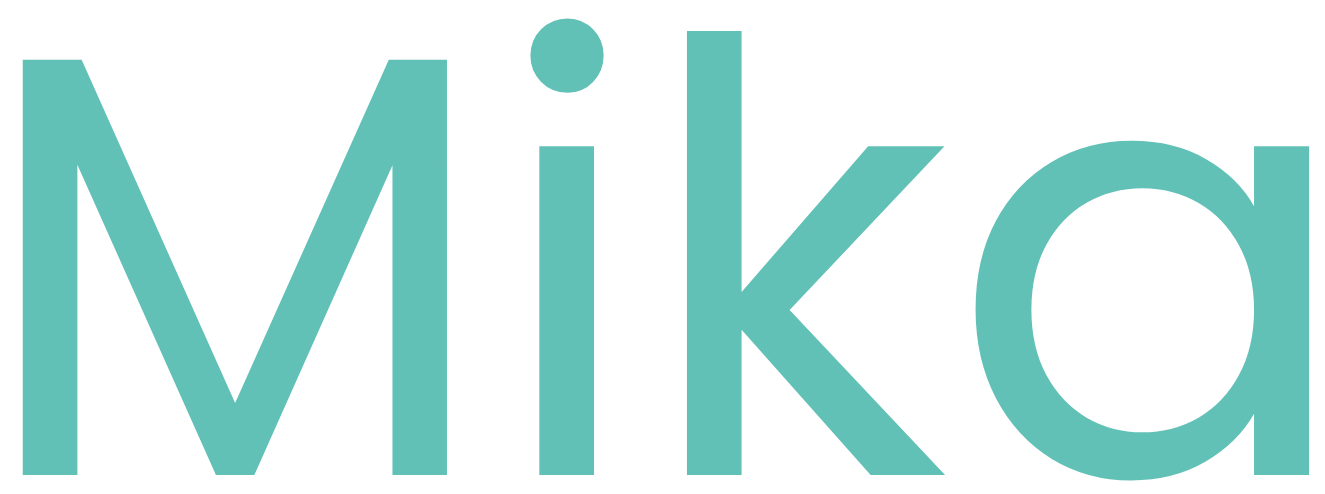Prescribing Efficiency: Strategies for Cost Reduction in Healthcare Facilities
The escalating costs on the medical supply chain is placing a significant burden on hospitals nationwide. U.S. hospitals waste approximately USD 25.4 billion each year on unnecessary supply chain spending ; this financial strain necessitates a strategic approach to reduce costs without compromising patient outcomes. By addressing inefficiencies in the supply chain and implementing targeted cost-saving measures, clinics can enhance their financial sustainability and continue delivering quality care to their communities.
Uncontrolled medical supply diverts funds from essential healthcare investments and potentially limits access to quality care. This financial strain exacerbates health disparities, making clinics need to take proactive measures to reduce these costs permanently. Cost reduction should not only ensure financial viability but also enable clinics to fulfill their mission of serving their patients effectively using high-quality supplies.
However, reducing medical supply costs faces significant barriers deeply embedded in the healthcare ecosystem, such as ingrained purchasing habits and flawed incentive structures. These barriers can be overcome with strategic planning and data-driven decisions.
We designed the following guidelines with recommendations to help clinics create an effective strategy to reduce costs by optimizing their supply chain and inventory management. So, let's go deep into it!
Assessment and Planning
Initiate the cost reduction journey by comprehensively assessing current policies, purchasing practices, and vendor relationships. Examine every aspect of the medical supply chain, from product types to storage and disposal methods. A good practice is to start a daily journal where you and your staff can document daily processes.
Identify deficiencies and prioritize challenges by designing a strategic plan with short and long-term solutions and goals. This foundational step sets the stage for improved efficiency and waste reduction.
Inventory Management Software
Digital solutions help clinics operate more efficiently by automating tasks, reducing manual errors, optimizing stock levels, and providing real-time data for informed decision-making. The resulting improvements in operational efficiency contribute to a reduction in administrative costs over time.
Implementing an inventory management software can also minimize the time spent on manual data entry and paperwork associated with clinic inventory management. It allows clinicians to focus on more critical tasks, increasing productivity.
Choosing the right inventory management software is crucial for efficient operations and cost savings in any business, including clinics. Opt for a system that provides real-time tracking of inventory levels and generates accurate reports for decision-making and compliance purposes.
Standardizing Procedures
Streamline operations by standardizing procedures across departments. Eliminate redundant tools and variations in supplies, focusing on efficiency and eliminating unnecessary customizations. This approach declutters accumulated supplies and promotes a more streamlined and cost-effective healthcare environment.
Improve Purchasing Processes and Vendors Relationships
To improve purchasing processes in your clinic, it is essential to establish clear policies and procedures for staff. Evaluate and select vendors based on pricing and reliability, negotiate favorable contracts, and integrate purchasing with inventory management.
Clinics should regularly review and update inventory levels, provide employee training, and leverage technology solutions for automation to save time and build a database for future decisions.
Monitor and control spending through budgeting and regular reviews, track key performance indicators, and conduct periodic audits to ensure compliance and identify areas for improvement.
Collectively, these strategies enhance efficiency, reduce costs, and ensure the availability of essential supplies for quality patient care.
Building a Cost-Reduction Culture
Building a cost-reduction culture in a clinic involves fostering a mindset and implementing practices that prioritize efficiency, eliminate waste, and optimize resources without compromising patient care.
Leadership plays a crucial role in setting the tone for a cost-conscious culture. Demonstrate a commitment to cost reduction from the top down. Encourage transparency, accountability, and a focus on sustainable cost-saving initiatives.
Communicate the importance of cost reduction to all team members. Encourage open communication and involve employees in the decision-making process. Keeping transparency can encourage staff to identify more improvement areas and implement cost-saving measures.
It is essential to provide training and education on cost-saving measures and best practices to ensure that employees understand the financial implications of their decisions and actions.
Patients can also be involved in this culture. An excellent way to educate patients and encourage them to participate in preventive care is by promoting wellness programs and proactive health management to reduce the long-term financial burden on the clinic.
The time for action is now
By adopting these proven strategies for medical supply cost reduction, hospitals can achieve financial stability, allocate resources more effectively, and concentrate on their core mission of providing top-tier patient care.
Tackling out-of-control spending liberates healthcare facilities from financial gravity, allowing them to shine brightly in their commitment to serving their patients effectively.
At Mika, we want to help clinics reduce costs and increase profits without affecting patient care delivery. Contact us today to learn more about the mission and schedule a free demo.


